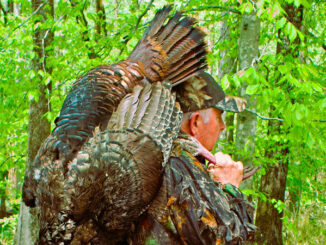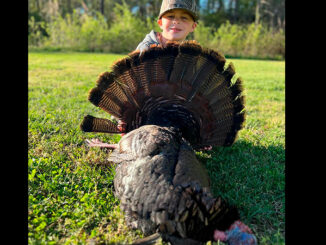
Help your deer herd reach their potential
All living organisms need ample resources to survive. It takes food, water and a mixture of key elements to support living tissue and a beating heart. For deer to reach their potential, they must receive superior nutrition. And one of the best ways to give deer what they need is to wrap it up in a tempting package they cannot resist.
For Grier Copeland, who manages deer on 5,000 aces in Williamsburg County, S.C., a custom mineral supplement mixture provides heavy horns for bucks in a superior herd.
“Deer need mineral supplements in their diets to produce massive antlers,” he said. “We use a custom mixture of attractant and critical minerals to attract them and boost their antler capacity.”
Copeland’s mixture is legal in South Carolina where there are no restrictions on supplemental feeding of deer. It is a combination of dried molasses, 28-percent calcium sulfate, bulk trace mineral, and a little bit of Epsom salt to reduce diarrhea.
Mixture of mineral supplements can turn an average buck into a trophy
“The molasses and trace minerals are the attractant. The calcium sulfate is putting the horns on them. It makes a 120-inch deer turn into a 140-inch deer,” he said.
Minerals are extremely important in a deer’s diet and will provide more benefit than feeding corn alone. While corn is packed with energy in the form of carbohydrates, the mineral mixture provides deer with the complex chemicals their bodies crave.
Both bucks and does require high levels of calcium. Does need calcium replenishment after pregnancy and during the nursing phase. Bucks needs calcium supplements during and after the antler-growing season because the mechanism to grow antlers sources the calcium from their skeletal system. The more calcium deer can obtain from an outside source, the quicker deer can restore their skeletal deficiencies.
In addition to providing critical minerals, the cost is minimal, the deer are attracted to feed in a manner similar to corn.
“For $50, I can make 160 pounds at a time that will stretch out to 15 sites. And it lasts four to six weeks. We have started using it in place of corn. That has dropped our feeding budget from $3,000 per month to $350 per month,” Copeland said.




